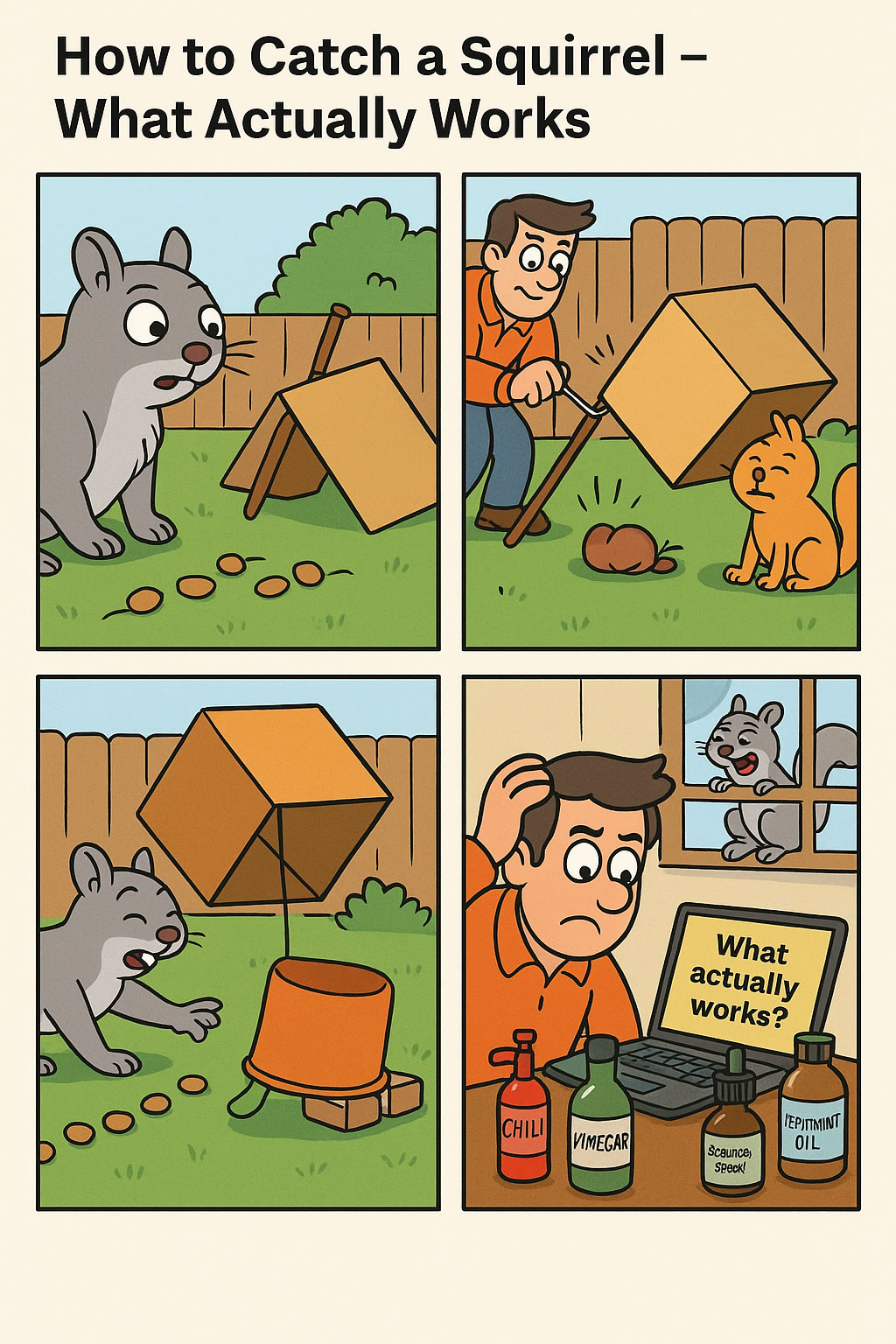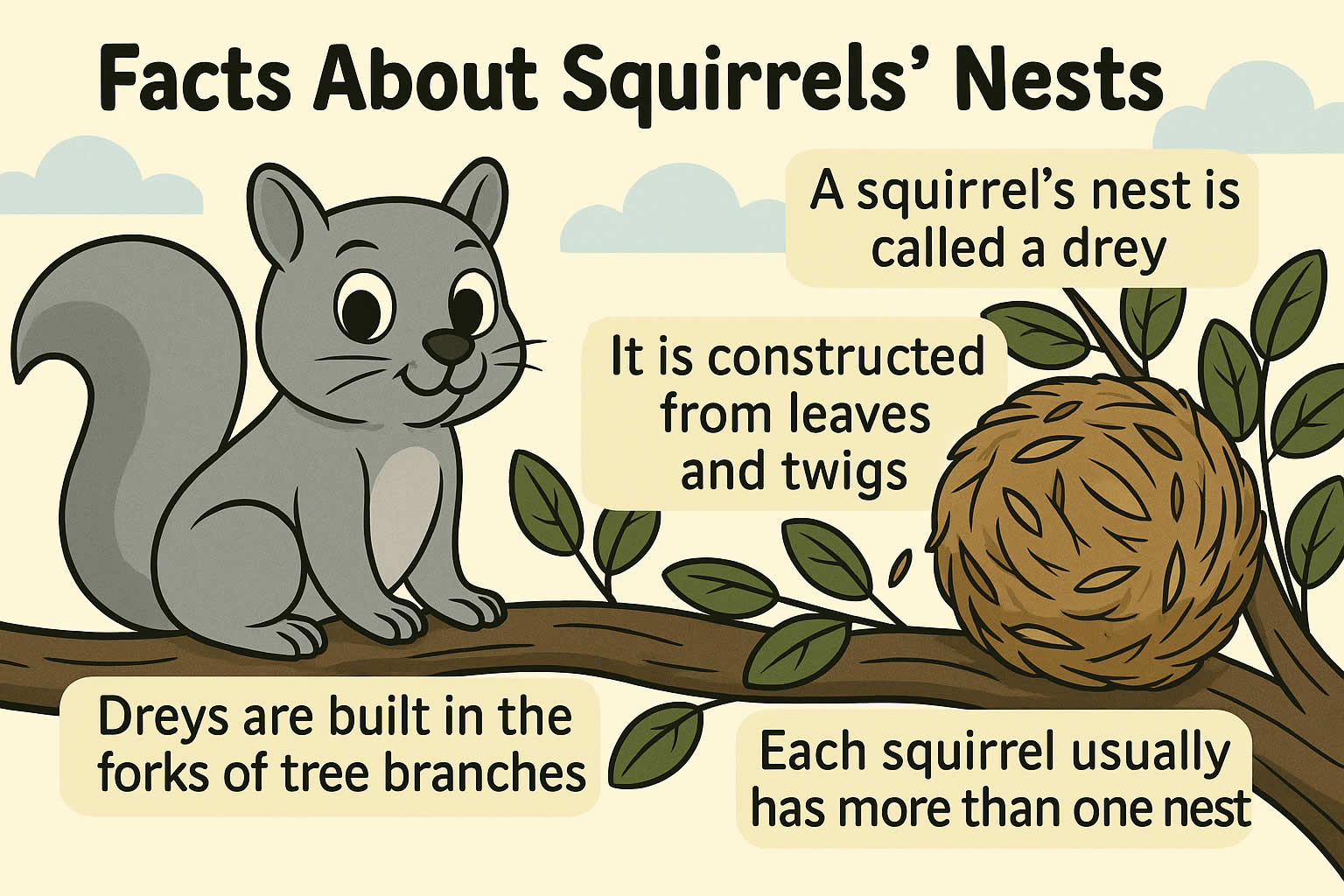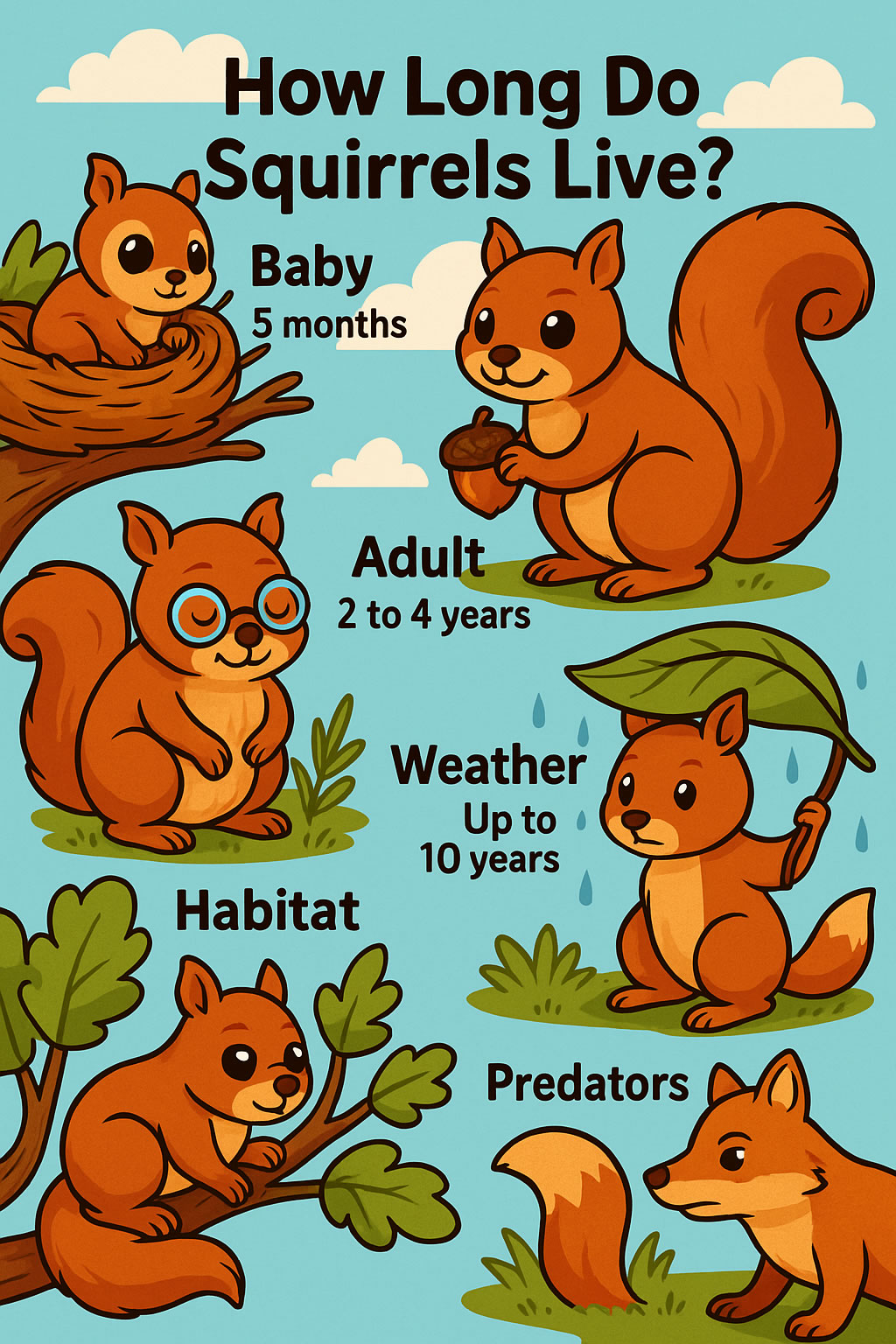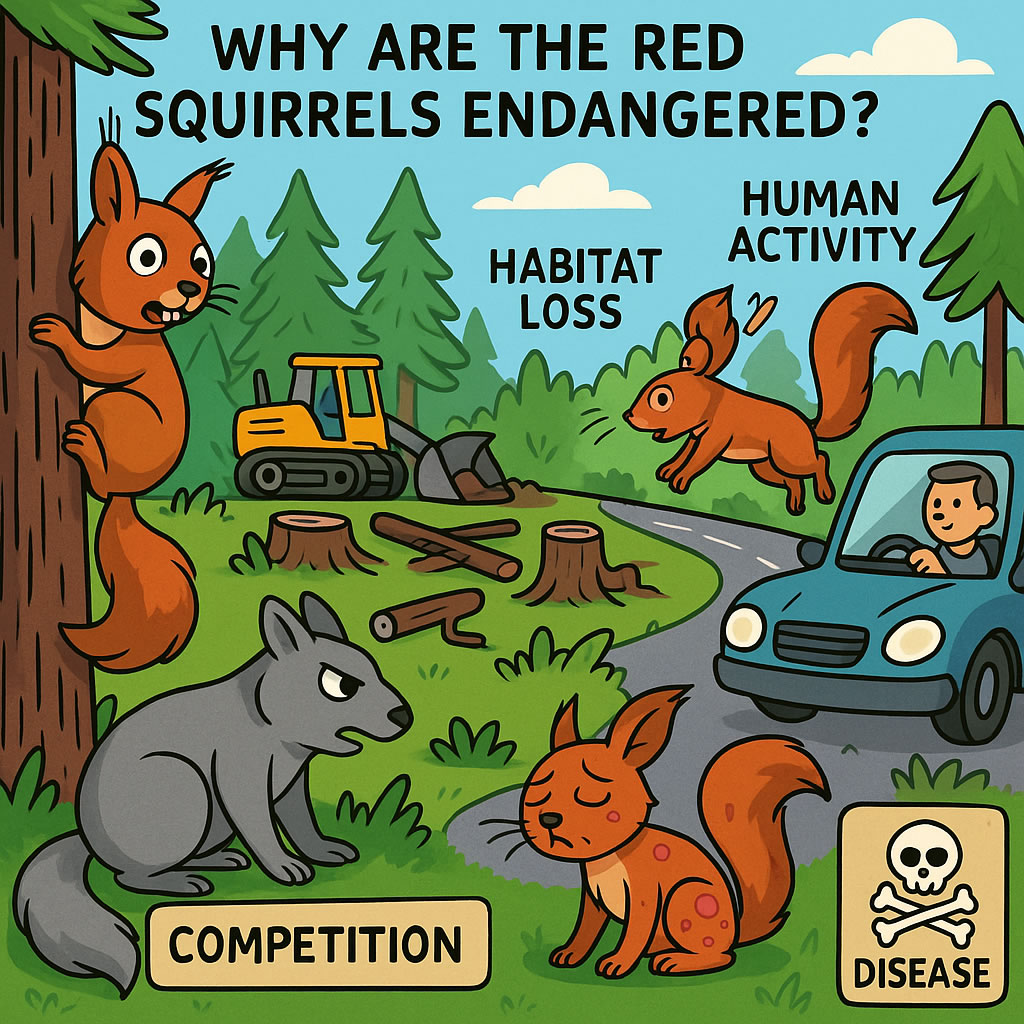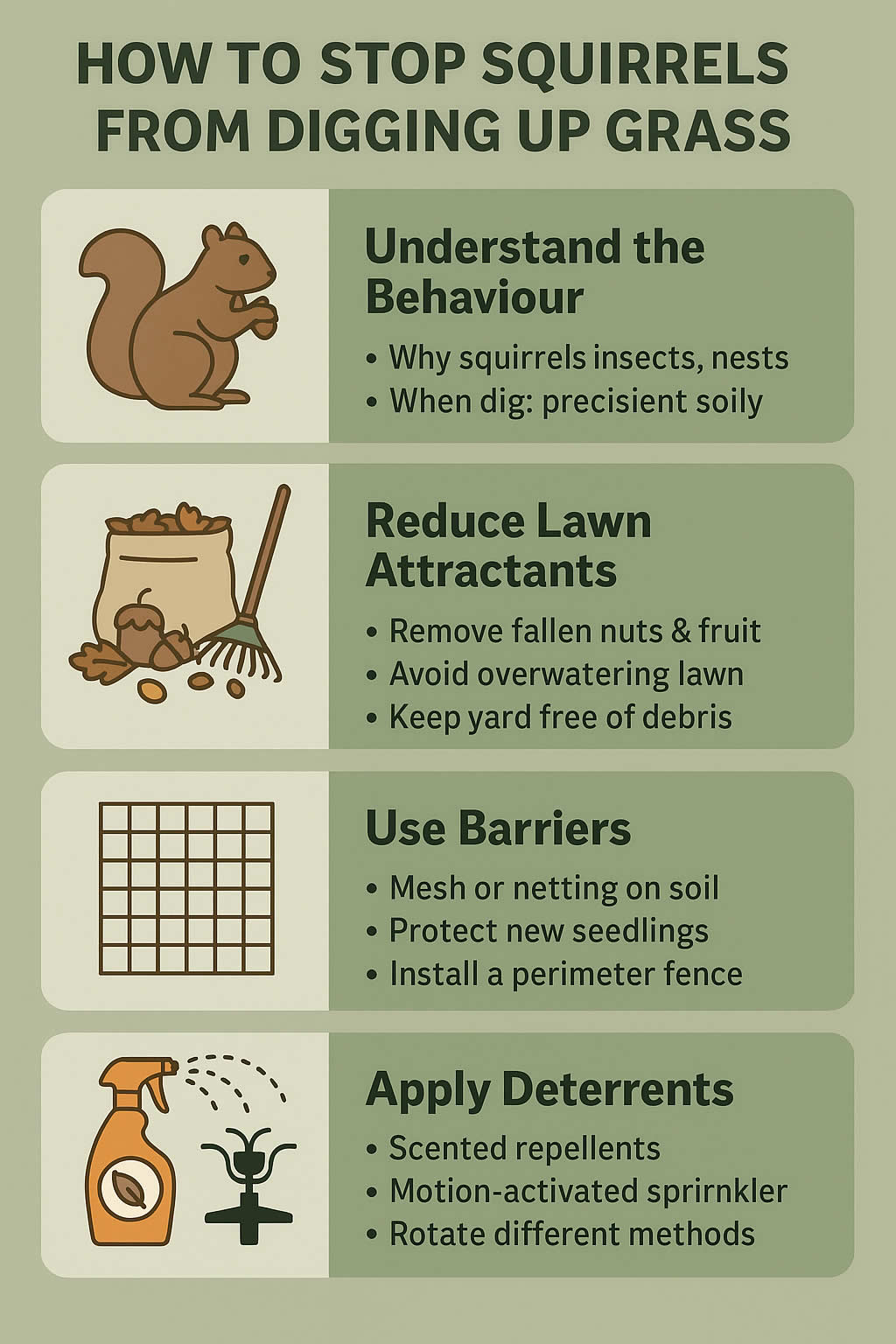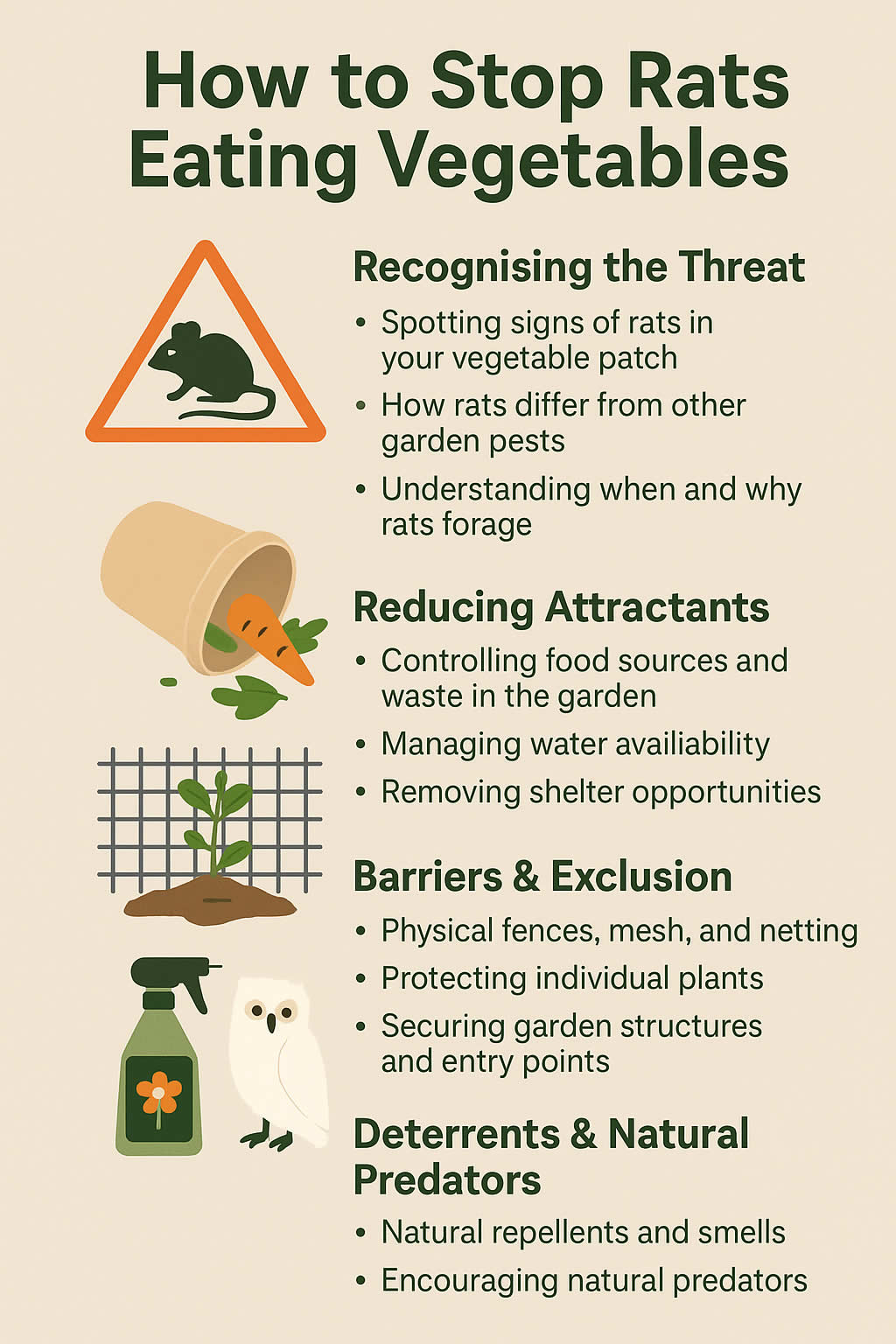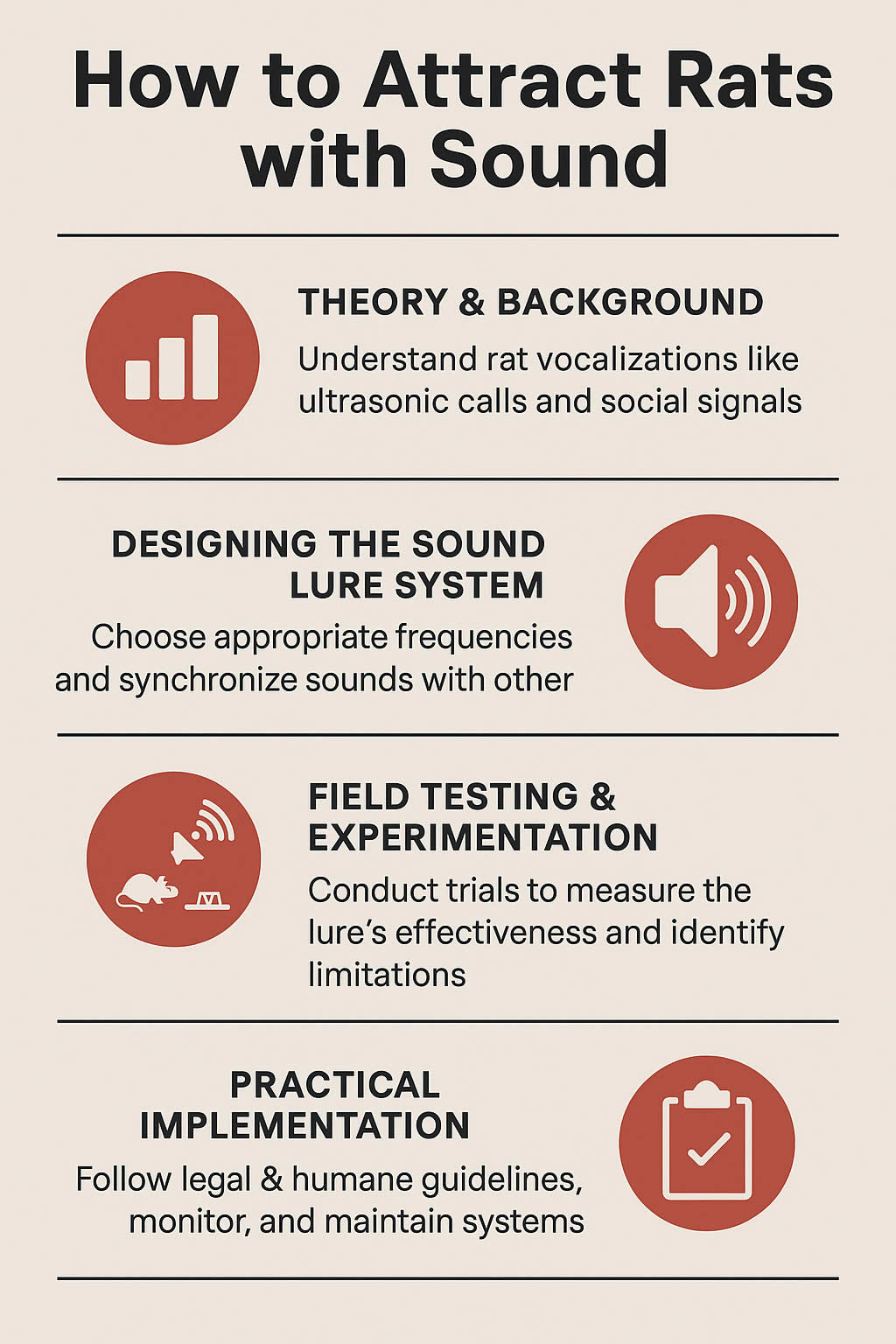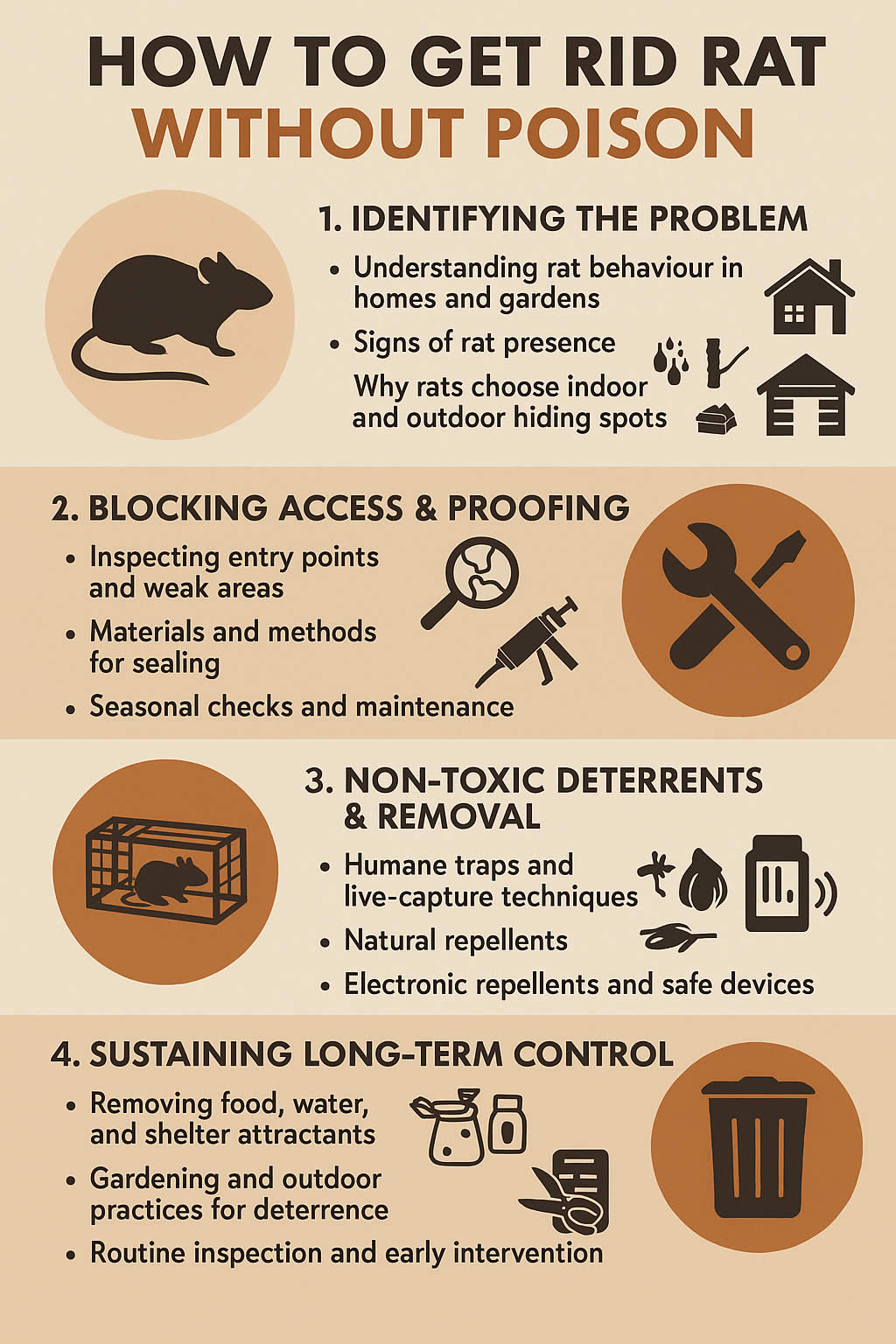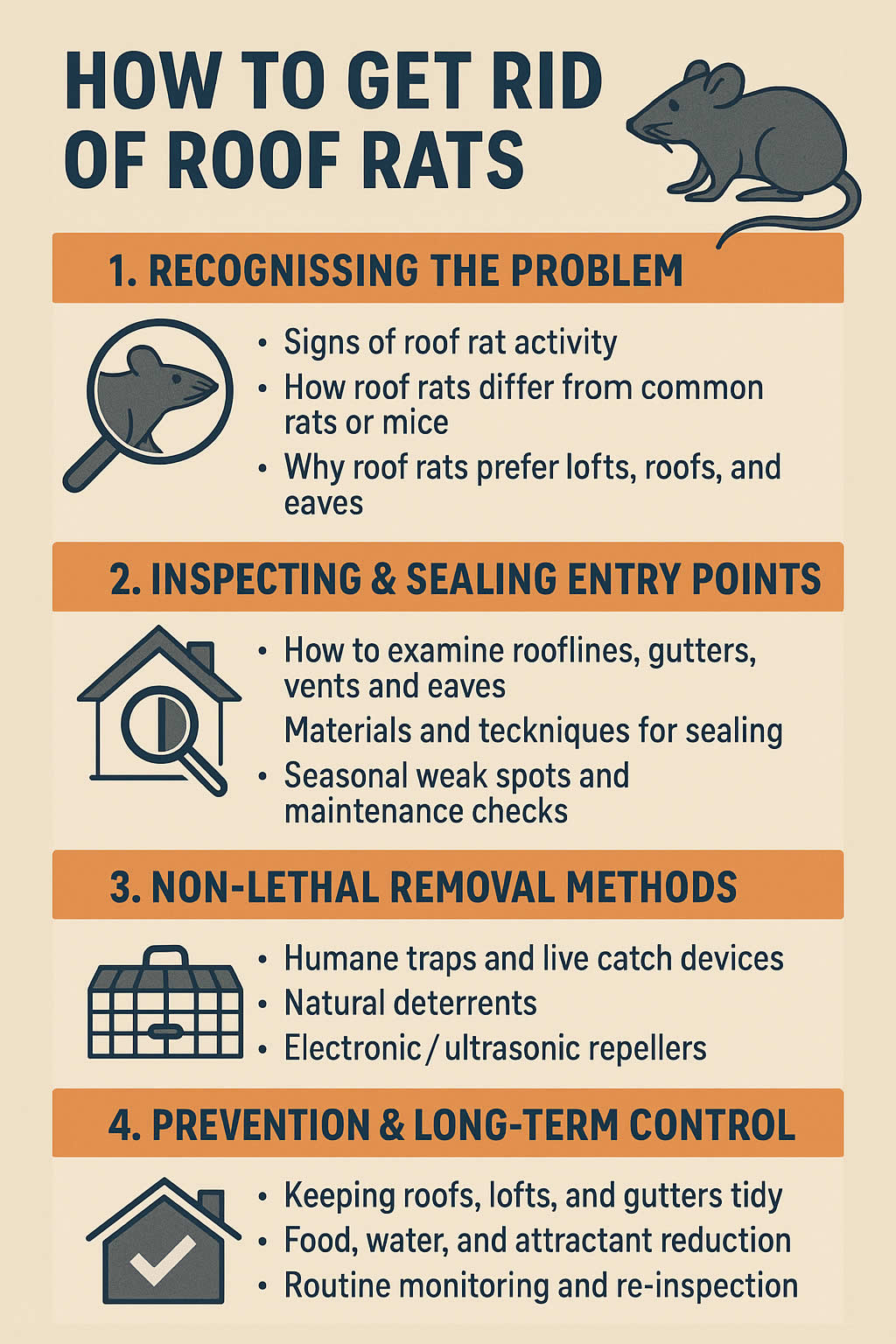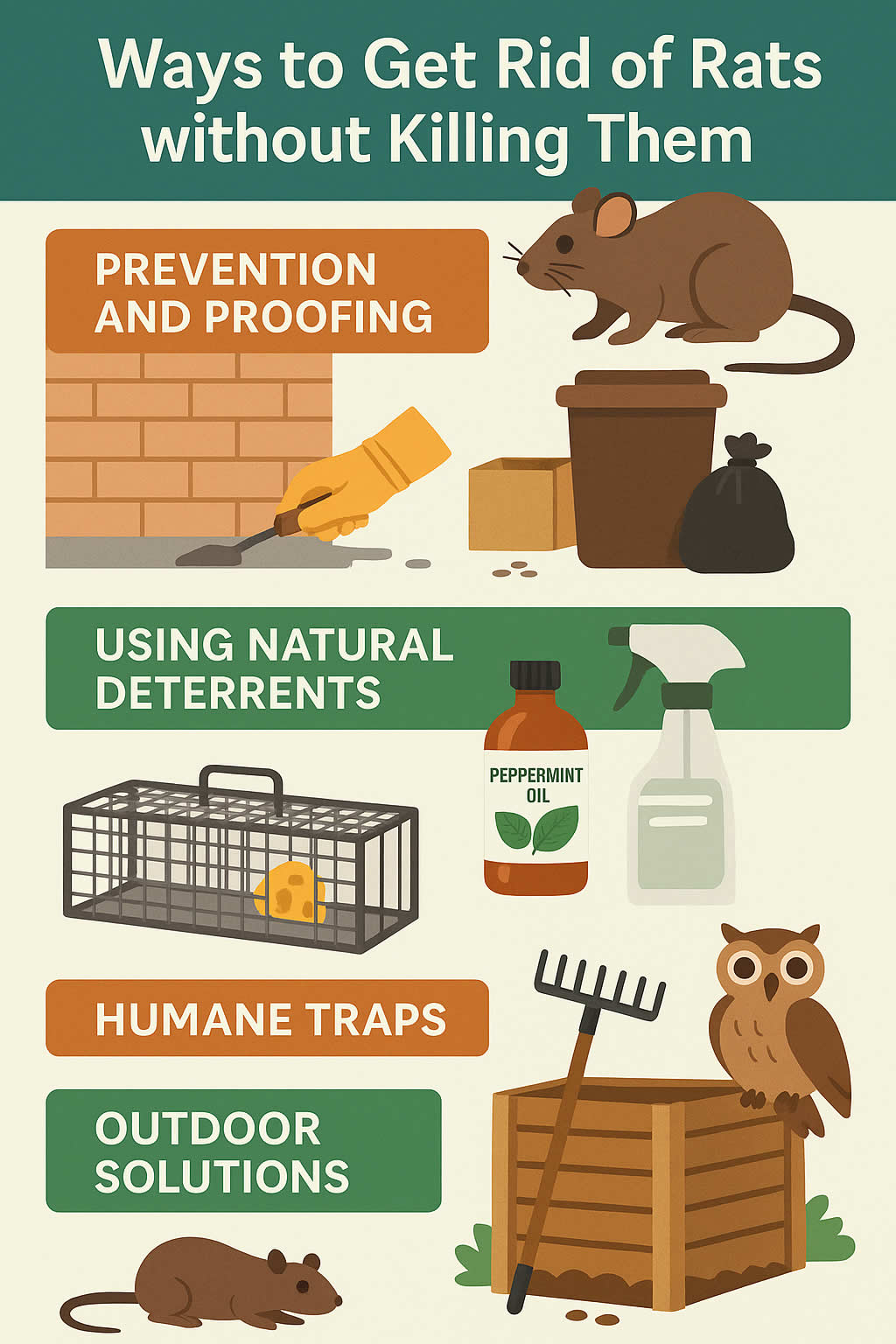Related Queries
ToggleThe right squirrel bait can mean the difference between successful trapping and wasted effort. Gray squirrels inflict £10 million in damage to timber crops yearly, which makes trapping a necessity for many property owners.
Selecting the right bait plays a vital role in squirrel control. Peanut butter on the trap pan with whole peanuts embedded works best as squirrel bait. These clever creatures definitely love peanut butter. Their attention is drawn to foods of all types – from grains and seeds to sweet treats. Your specific situation determines the most effective bait choice, especially since 66% of attic invasions come from mother squirrels with 3-5 babies.
This piece shares expert insights about selecting the best squirrel trap bait, proper trap placement, and legal guidelines to handle these pests. Note that some regions prohibit releasing trapped gray squirrels back into the wild, so you need to understand the complete trapping process before starting.
Understanding Squirrel Behavior
You need to understand how these agile creatures behave naturally to trap squirrels successfully. Your success depends on knowing how they think, move, and interact with their surroundings to choose the best bait for squirrels.
Why squirrels are hard to trap
These clever rodents create unique challenges for trappers because of their amazing physical abilities and careful nature. They can run fast, jump far, and climb almost anything. This makes most DIY trapping attempts fail. Their sharp senses also help them detect danger quickly.
A good trapping session can remove up to 90% of gray squirrels from a garden. Your success rate depends on how well you know their behavior patterns. Squirrels usually stay alone but come together during mating season or food hunting. They warn others about dangers through sounds, body movements, and scent marks.
DIY trapping usually fails because people:
- Use weak traps that squirrels escape from easily
- Put traps in low-traffic areas
- Choose baits squirrels don’t like
- Set up traps wrong or make them unstable
Common signs of squirrel activity
You can solve squirrel problems better if you spot them early. These creatures leave clear signs of their presence around your property.
You’ll probably hear squirrels before you see any proof they’re there. Listen for scurrying, scampering, scratching, or chewing sounds from your ceiling or attic. These noises happen most often early in the morning and late afternoon when squirrels are most active.
Look for these physical signs of squirrels:
- Damaged shingles, rooflines, or chewed outer panels
- Nests built with twigs, leaves, and grass (called dreys)
- Bite marks on wires, wood, walls, and furniture
- Small, dark brown or black pellet droppings near nests
- Nuts with their soft centers eaten out
Squirrels damage trees by chewing or stripping bark, especially at the base or on young branches. They dig small holes in lawns to find buried food and eat vegetables and fruits from gardens.
When is the best time to trap squirrels?
The right timing makes a big difference in trapping success. February to August works best because broadleaved woodlands don’t have much natural food. During these months, squirrels pay more attention to your squirrel trap bait.
Cage trapping becomes less effective after July because autumn brings plenty of nuts, berries, and fruits. One expert says, “In poor seed years, overwinter breeding and survival will be poor, leading to relatively low populations the following spring and summer”.
Spring traps work well all year, whatever the season. If you’re asking “do squirrels like peanut butter” for bait, they love it most in spring when natural food gets scarce.
Your best results come from trapping early morning or late afternoon when squirrels are most active. Setting out the best trap bait for squirrels at these times boosts your chances of catching them.
This knowledge helps you pick the best bait for squirrels trap and figure out the perfect spot and time to set your traps.
Choosing the Right Trap
Picking the right trap is just as vital as using the best bait for squirrels to catch these smart pests. A good trap will boost your success rate, while the wrong choice might leave you staring at empty traps even with premium squirrel trap bait.
Live cage traps vs. lethal traps
Your choice between live capture and lethal traps comes down to several things, like local laws and how comfortable you are with different control methods.
Live cage traps use wire mesh boxes with trigger mechanisms that shut the door when squirrels step on a treadle plate. These humane options let you catch the animal without harm, but you’ll need a plan for what happens next. The law requires live traps in places where protected red squirrels might be around. These traps are a great way to keep non-target animals safe since you can release them unharmed if they get caught.
Lethal traps (spring traps) work better but you can only use them for gray squirrels. Body grip traps that kill right away fall into this category. Spring traps work well all year, unlike cage traps that don’t catch much in autumn when natural food is everywhere. All the same, only people who know how to set them properly and understand wildlife laws should use lethal traps.
The law says you must check both types of traps once a day at least. This rule keeps captured animals from suffering and lets you quickly free any non-target species.
One-way exclusion doors
One-way exclusion doors give you a clever alternative to regular trapping, especially for squirrels living in attics or other enclosed spaces. These devices don’t trap the animal – they just stop it from coming back.
The door’s design is pretty smart—it has a repeating torsion-spring that opens easily when squirrels push out but stays firmly shut if they try to get back in. Once you put it over their main entry point, squirrels can leave but can’t return, which kicks them out of your property.
One-way doors work well for many types of wildlife, but squirrels need special attention. Since they’re rodents with strong chewing jaws, they might just make new holes if they really want to get back in. So these devices work best on tough structures where making new entrances would be too hard.
You’ll need to seal all other possible entry points before installing the one-way door. Note that you must make sure no baby squirrels are still inside, or they’ll end up separated from their mother.
Trap size and sensitivity matters
Your trap’s size and how sensitive it is will substantially affect your success rate, whatever best bait for squirrels trap you’re using.
Cage traps need the right dimensions—big enough to hold a squirrel but not so roomy that it feels exposed or hurts itself by moving around too much. The most effective squirrel-size cage traps measure at least 16 inches long and 5 inches high and wide. A trap that’s too small won’t fit the squirrel or might not close properly when triggered.
You’ll need to adjust the trap’s sensitivity based on your local squirrel species. Eastern gray squirrels need stronger trigger mechanisms than smaller species like red squirrels. Wrong sensitivity settings might mean failed triggers or accidental catches of smaller animals.
A stable trap is key—squirrels won’t go near a wobbly trap. Set traps on flat ground and think about anchoring them down. Covering your trap with branches and leaves makes it look more natural and less scary to cautious squirrels.
For tunnel traps with spring mechanisms, you’ll want internal dimensions of 15cm x 13cm high so the trap arms can strike properly, with entrance holes no bigger than 60mm to keep larger animals out.
The Best Bait for Squirrels Trap
Selecting the right trap is just the start – your bait choice will make or break your success. The right squirrel trap bait can boost your capture rate since these smart creatures are picky about what food makes them enter a trap.
Do squirrels like peanut butter?
Peanut butter stands out as the top squirrel bait you can use. The largest longitudinal study by wildlife removal experts shows peanut butter works “100% of the time” with proper application. This sticky treat beats other baits – you’ll find it in most homes, it spreads easily, and stays put once applied.
A small amount smeared directly on the trap’s trigger plate works best. The sticky texture makes squirrels work to get it off, which raises the chances they’ll trigger the trap. Most experts call this method “foolproof” compared to other baiting approaches.
Using nuts and seeds effectively
While peanut butter leads the pack, nuts and seeds make excellent best bait for squirrels trap options. Whole peanuts in shells top the list of squirrel’s priorities. Here are other proven choices:
- Walnuts and hickory nuts (excellent rating)
- White oak acorns (excellent rating)
- Hazelnuts (excellent rating)
- Pecans (excellent rating)
Raw, unroasted nuts in their shells work best. These encourage natural gnawing and keep squirrels busy longer with the bait. Black oil sunflower seeds can also do the trick—especially if squirrels already visit your bird feeders.
Fruits and other alternatives
Fruit shines as a backup option in specific cases. Dehydrated squirrels are drawn to oranges because they sense the moisture. Apples, cantaloupe, grapes, strawberries, and watermelon in small amounts also work well.
Bread serves well as a bait carrier—you can spread peanut butter or marshmallow on soft bread pieces before placing them in the trap. Corn attracts squirrels too, but its poor nutritional value means you should use it sparingly.
How to combine bait types for better results
Mixed baiting strategies catch more squirrels. Here’s the best approach: spread peanut butter on the trigger plate and press whole peanuts in shells right into it. This “peanut butter glue” technique forces squirrels to work harder, making them more likely to trigger the trap.
Bait placement matters as much as your choice of bait. Put some bait near the entrance to spark interest, then place your main bait past the trigger plate so squirrels must fully enter. Always wear gloves while handling bait and traps—squirrels can smell human scent and might avoid the trap.
Note that pre-baiting helps squirrels get used to feeding at your trap spot, which boosts your capture success once you set the trap.
How to Set and Place the Trap
The right trap placement and setup help capture even the most cautious squirrels. Your success depends on selecting the right squirrel trap bait, positioning the traps correctly and monitoring them.
Pre-baiting and habituation tips
Pre-baiting is a vital step to trap effectively because it helps squirrels get used to your trap. The original setup requires securing the trap door open with a stick or wire and adding the best bait for squirrels for 5-14 days. This method substantially increases capture rates. During pre-baiting:
- Spread bait over several meters around the trap first
- Gradually reduce the baited area until only placing bait inside the trap
- Use whole maize as an indicator—squirrels uniquely remove the soft germ while discarding the hard kernel
You can skip pre-baiting and set the trap right away if you deal with occasional squirrels.
Where to place the trap for best results
The best spots are where you’ve seen squirrels or noticed signs of feeding. Large trees’ bases are great placement spots. The trap should sit on level ground to stay stable—squirrels might avoid entering uneven traps.
Hide the trap well by covering it with plastic sheeting to protect from weather, then add logs, branches, and leaves. Keep only the entrance visible. Squirrels are more likely to check out this natural-looking setup.
Avoiding non-target animals
Raising the trap slightly off the ground helps prevent catching unwanted species. Expert trappers suggest lifting traps about a foot high when pheasants keep disturbing them.
Timing plays a key role—avoid setting traps overnight from March through June if red squirrels live in the area. Keep traps away from public paths and busy spots to prevent interference.
Checking traps safely and regularly
The law requires checking traps at least once daily. The best practice is to check twice—morning and dusk. This routine reduces stress on captured animals and lets you free non-targets quickly.
Stay calm when approaching the traps to avoid frightening trapped animals. Release any non-target species right away. Note that squirrel activity drops during harsh weather, so it’s better to lock traps open at these times.
What to Do After You Catch a Squirrel
You’ve caught a squirrel using the best bait for squirrels. Now what? Your job isn’t done yet. The next steps depend on legal requirements and what’s right for the animal.
Legal considerations for release or dispatch
The law makes a clear difference between red and gray squirrels. Red squirrels are protected species in the UK that must be released right away if caught by accident. Gray squirrels fall into a different category as invasive non-native species. The Wildlife & Countryside Act 1981 makes it illegal to release or let a gray squirrel escape into the wild. This means you can’t relocate a gray squirrel once you’ve caught it.
How to humanely dispatch if required
The law requires humane dispatch for gray squirrels. Here are the two legal methods:
- Cranial dispatch: Put a Hessian sack over the trap entrance so the squirrel can enter. Twist the sack to close it and find the head. Use a heavy, blunt object like a fishing priest to deliver one accurate blow. A second blow should only happen if the animal still moves a lot.
- Shooting: Use an airgun held close to the head while the squirrel stays in the trap. This method needs confidence and proper weapon handling skills.
Death confirmation signs include:
- No rhythmic breathing
- No heart rate
- Rigor mortis sets in
The law considers drowning inhumane and illegal.
Cleaning and disinfecting the trap
Clean your trap after each use, especially in areas where red squirrels live:
- Use mild detergent solution to scrub off residues
- Clean water works best for rinsing
- Use veterinary disinfectant like Trigene or Virkon S
- Let it dry naturally or rinse in rain to remove disinfectant smell
This cleaning prevents diseases from spreading between animals and humans, including Weil’s disease.
Recording and tracking your trapping success
Good records are a great way to get conservation data. Keep track of:
- Trap locations
- Days traps were set
- Time spent trapping
- Species and numbers caught
These records help show how well control programs work and shape future conservation plans. Many areas now use digital systems like the Forestry Commission’s blockchain-verified system.
Our Final Say!
Successful squirrel trapping needs good planning and execution. In this piece, we’ve looked at everything in squirrel control – from their behavior patterns to picking the best bait for squirrels trap.
Without doubt, peanut butter works best as bait, especially with whole peanuts pressed into it. Squirrels must work harder to get the nuts, which makes them more likely to trigger your trap. Your chances of success go up substantially when you place traps where squirrels are most active.
It’s worth mentioning that your legal duties continue after catching a squirrel. The law requires immediate release of red squirrels due to their protected status. Gray squirrels can’t be released back into the wild. Anyone who wants to control squirrels must plan for these requirements ahead of time.
Pre-baiting helps with cautious squirrels by letting them feel relaxed around your trap before you set it. Your patience during this process often determines how well you’ll do.
Humane methods should be your priority whatever approach you pick. You must check traps daily and handle captured animals quickly to keep their stress levels low.
You now have detailed knowledge about squirrel behavior, trap selection, bait choices, and legal requirements to manage squirrels effectively. These smart creatures can be tricky to catch, but the techniques we’ve covered will help you handle squirrel problems quickly and responsibly.
Squirrel Removal Kent – Rat Infestation Essex – Flea Removal Tyne and Wear
